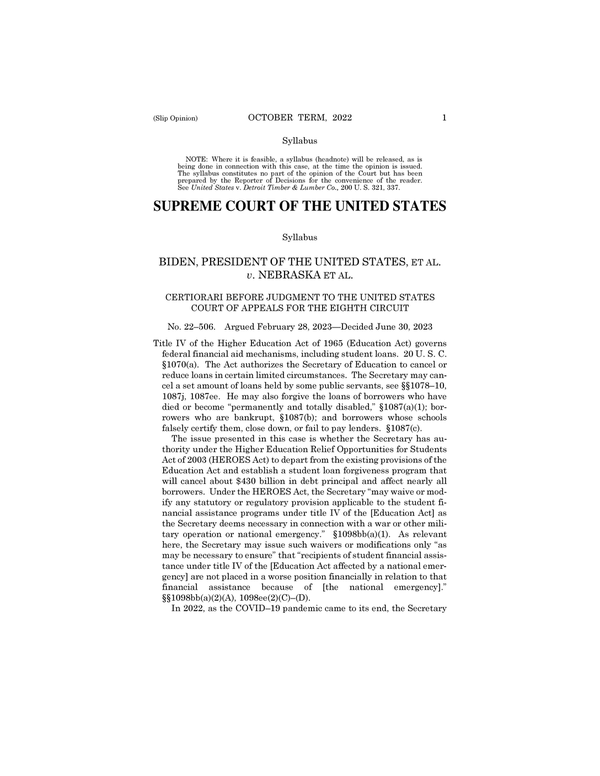Navigating The Proxy Statement (Form DEF 14A): What To Look For

Table of Contents
Understanding the Purpose of a Proxy Statement
The primary purpose of a proxy statement, also known as a DEF 14A filing, is to solicit shareholder votes on important corporate matters. It's a cornerstone of corporate governance, ensuring shareholders have a say in how their companies are run. This document empowers you, the shareholder, to exercise your rights and participate in key decisions.
- Provides information on shareholder proposals: Shareholders can submit proposals for consideration at the annual meeting. The proxy statement details these proposals, allowing you to understand their implications.
- Details executive compensation and board member elections: A significant portion of the DEF 14A focuses on executive compensation packages and the election of board members. This allows you to assess the company's leadership and its compensation practices.
- Outlines significant corporate transactions: Mergers, acquisitions, and other major corporate actions are detailed in the proxy statement, allowing you to evaluate their potential impact on your investment.
- Explains the voting process itself: The proxy statement clearly lays out how to vote, whether by mail, online, or by phone. Understanding this process is crucial for ensuring your vote is counted.
Key Sections to Analyze in a DEF 14A Filing
The DEF 14A contains numerous sections, but some warrant closer examination than others. Focusing on these key areas helps ensure you are a well-informed shareholder.
Executive Compensation
Scrutinizing executive pay packages is crucial. Excessive or unjustified pay increases can indicate poor corporate governance. You should analyze salary, bonuses, stock options, and other compensation elements.
- Look for excessive or unjustified pay increases: Compare executive compensation to company performance. Are executives rewarded even when the company underperforms?
- Identify potential conflicts of interest: Are there any situations where an executive's compensation is linked to decisions that might benefit them personally rather than the company as a whole?
- Compare executive compensation to company performance: Use compensation comparison tools and benchmarks to see how the company's executive pay stacks up against its peers. Tools are available online that provide such benchmarks.
Board of Directors
The board of directors oversees the company's management. Their composition, qualifications, and independence are critical.
- Review the experience and expertise of board members: Do they possess the skills and knowledge necessary to guide the company effectively?
- Assess the board's independence from management: Is the board truly independent, or are there close ties to management that could compromise their objectivity?
- Evaluate the diversity of the board in terms of gender, race, and background: A diverse board brings a wider range of perspectives and experiences, leading to better decision-making.
Shareholder Proposals
Shareholder proposals allow you to directly influence company policy.
- Identify proposals that align with your investment goals: Are there proposals that address issues you care about, such as environmental sustainability or social responsibility?
- Review the company's rationale for supporting or opposing proposals: Understand the company's perspective on each proposal and assess whether their reasoning is compelling.
- Consider the potential impact of proposals on the company's future: How might the success or failure of a proposal affect the company's long-term prospects?
Mergers, Acquisitions, and Other Corporate Transactions
Major corporate transactions significantly impact shareholder value.
- Analyze the financial implications of the transaction: What are the projected costs and benefits of the proposed merger, acquisition, or other transaction?
- Evaluate the strategic rationale behind the transaction: Does the transaction make strategic sense for the company's future growth and profitability?
- Assess the potential risks and rewards for shareholders: What are the potential downsides, and are the potential upsides sufficient to justify the risks?
Utilizing Online Resources for Proxy Statement Analysis
Accessing and analyzing proxy statements is easier than ever thanks to online resources.
- SEC Edgar database: This is the primary source for all SEC filings, including proxy statements (Form DEF 14A).
- Third-party analysis tools: Several platforms offer analysis and insights on DEF 14A filings, providing comparisons and summaries to help simplify the process.
- Proxy voting platforms: These platforms streamline the voting process, making it easier to cast your vote and participate in corporate governance.
Conclusion
Successfully navigating the proxy statement (Form DEF 14A) empowers you as a shareholder to make informed decisions on critical corporate matters. By carefully reviewing executive compensation, board composition, shareholder proposals, and significant transactions, you can actively participate in corporate governance. Remember to utilize online resources to access and analyze these filings effectively. Don't let the complexity of the proxy statement (Form DEF 14A) deter you – take control and actively participate in shaping the future of your investments. Start analyzing your next proxy statement today!

Featured Posts
-
 The Black Community And Trumps Student Loan Executive Order
May 17, 2025
The Black Community And Trumps Student Loan Executive Order
May 17, 2025 -
 Serious Injury Clouds Angel Reeses Dpoy Celebration
May 17, 2025
Serious Injury Clouds Angel Reeses Dpoy Celebration
May 17, 2025 -
 Ichiro Suzukis Enduring Presence Reflecting On Two Decades Of Influence
May 17, 2025
Ichiro Suzukis Enduring Presence Reflecting On Two Decades Of Influence
May 17, 2025 -
 Justes Jocytes Laikas Vilerbane Karjeros Etapo Uzbaigimas
May 17, 2025
Justes Jocytes Laikas Vilerbane Karjeros Etapo Uzbaigimas
May 17, 2025 -
 V Industrialnykh Parkakh Vysokaya Konkurentsiya I Vozmozhnosti Dlya Biznesa
May 17, 2025
V Industrialnykh Parkakh Vysokaya Konkurentsiya I Vozmozhnosti Dlya Biznesa
May 17, 2025
